Melon - a berry or a vegetable, solving the riddles of your favorite melon crop
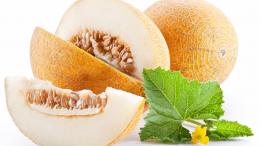
Melon – one of the most popular and beloved melon crops. The pulp is unusually juicy, sweet and aromatic, and will leave few people indifferent. The plant is a frequent inhabitant of cottages and vegetable gardens. What is the correct name for the fruit? Melon - a berry or a vegetable? Let's take a closer look.
Content:
- Description of the plant
- History of origin and selection
- What conditions are needed for growing
- Is melon a fruit?
- Maybe melon is a berry?
- Similarity to vegetables
- What beneficial components are found in fruits?
- Therapeutic influence and application
Description of the plant
Now this is a cultivated plant and is found only in garden beds; it does not grow in the wild. Its homeland is India and Central Asia, from where it spread throughout the world.
Grown in most countries with warm climates. Nowadays there are many varieties and varieties on the plant market. There are specimens of round, cylindrical, elongated shape. The weight of each fruit varies from 0.5 to 15-16 kg, depending on the type. Ripe fruits come in yellow, green, beige shades, and have stripes or inclusions. The surface of the peel is smooth or rough.

Inside there is white or light yellow pulp, covered with a cavity with seeds. The seeds are peeled before eating. The peel is not eaten.
The plant belongs to the genus Cucumber, the Pumpkin family and is classified as an annual creeping herb. Oddly enough, her close relatives - cucumbers, the next ones are watermelons and pumpkins.
Therefore, there is a current debate about where to classify a plant - as a vegetable, berry or fruit.
The stem is secured with tendrils and reaches a length of 2-4 m. The roots are well developed and extend 2 m deep and to the sides. From 2 to 7 fruits grow on one stem. Early varieties are the most productive; from the shoots of late species, no more than three units can be collected.
The pulp is 90% water, the rest is sugar. This composition provides juiciness and sweetness.
This is a wonderful dietary dessert for the whole family. The pulp is consumed fresh, dried and canned. The fruits make wonderful jam, ice cream, marmalade, compote, preserves and candied fruits.
History of origin and selection
Modern melons are exclusively cultivated plants bred by breeders. Scientists have found drawings depicting similar fruits on household items of the ancient Egyptians.
The direct ancestors of the kind of melon that we are used to seeing were not found in nature. Wild plants are still found in the natural environment. Habitat: India, northwestern Iran, northern Africa. Field varieties are small in size, lack sweetness and are more similar to vegetables (cucumbers). In eastern countries, wild fruits are used for food.
It is quite difficult to determine the homeland. Residents of Asia, Afghanistan, Iran and nearby territories were engaged in cultivation. Thanks to selection, it was possible to modify the taste, shape and size. There are more than 100 varieties in Uzbekistan, which have significant differences.
From India it came to the vast expanses of China, where new species have been bred since the 8th century. Therefore, there is a theory that China also made a great contribution to the cultivation and production of such a fruit that exists today.
Now there are a huge number of species in the world, including resistant and less heat-loving varieties. They are grown on large plantations, after which they are sent for sale or processing.
The plant grows well and bears fruit in our latitudes, especially in warm areas. Melon is well adapted to moderate climate. Rare pineapple subspecies have been developed, distinguished by their flesh with a red tint.
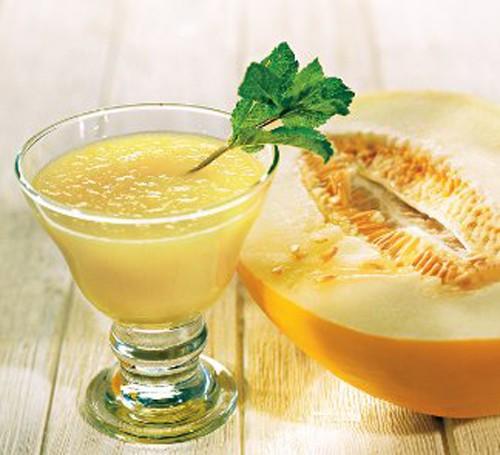
The most popular varieties are Torpeda and Mirzachulsky, which have an extraordinary taste and good transportability.
What conditions are needed to grow melon?
There are still difficulties with the classification of melon. The development of shoots occurs like that of an annual grass, and cultivation is carried out like a melon crop.
It is whimsical to lighting and humidity. For planting, choose the most illuminated area, protected from drafts and sharp gusts of wind. Before planting, dig up the soil.
This fruit crop requires a large area. Each plant is allocated 1-1.5 square meters. meters.
Over time, the lashes grow greatly, taking up a lot of space. To get a harvest, it should be planted in fertile, non-saline soil. soil.
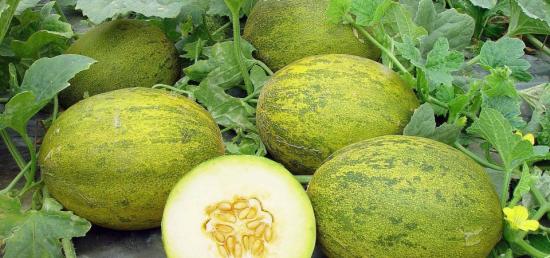
Pinching will help increase yield and speed up fruit ripening. The main shoot is pruned, after which the development of lateral stems is activated. To prevent the plant from wasting its strength and producing ovaries, leave no more than three side shoots.
It tolerates high temperatures up to +38 C. However, in the heat the soil should not be allowed to dry out. Watering should be plentiful and regular. The plant will survive in dry soil, but the taste will suffer.
For regions with lower temperatures, it is better to choose special adapted varieties.Cold-resistant varieties are less sweet.
Is melon a fruit?
Despite various classifications and comparisons, melon is most often called a fruit. The fruits have juicy pulp, a pleasant aroma and a honey taste. Such features are characteristic of fruits.
According to the botanical description, fruits – plants with fruits growing on trees or shrubs. It cannot be a fruit by definition. That is, a melon that grows on the ground like a grass is closer to a berry or vegetable.
At the same time, the concept of “fruit” is often replaced by the word “fruit”. In cooking you are unlikely to come across any other definition than fruit. Most people call the fruit this way when cutting it before eating.
Maybe melon is a berry?
It can be assumed that melon is a berry. This hypothesis has a rational grain; the fruit is classified as a berry according to the following criteria:
- growing on the ground, like most berries
- sweet juicy pulp
- soft center and presence of seeds

The difference is in the larger number of seeds and the pericarp, which is divided into three layers. An important classification criterion is also the size of the fetus. Unlike its smaller counterparts, it is enormous in size. So why watermelon berry, but not melon?
After all, its size is simply gigantic. In fact, the opinion that watermelon is a berry is not entirely correct. Despite such features as juicy pulp, the presence of seeds and thin skin, there are differences.
Is watermelon a fruit or a vegetable?
It is most correct to attribute it to pumpkins. They are also called false berries. According to botanical characteristics, pumpkins have a juicy pericarp, a large number of seeds with a hard shell, and they grow from the lower ovary.It is also characterized by its large size, unlike berries.

It is most correct to classify melon as a pumpkin. It most closely matches this definition.
Similarities between melon and vegetables
Almost no one thinks of melon as a vegetable or calls it that. However, from a botanical point of view, this assumption is closest to the truth. Like other vegetables, the fruits are edible and are produced by herbs.
We must not forget that the closest relative of the melon is cucumber. Wild fruits also closely resemble cucumbers in appearance and taste.
The following arguments support classification as a vegetable:
- the shape and structure of the leaves is similar to cucumbers
- the color of the ripe fruit resembles a cucumber
- the root system is similar to that of cucumbers
In Japan, for example, they cultivate non-sweet varieties and prepare vegetable salads from them. If they are classified as pumpkins, then is a pumpkin a berry or a vegetable? Here the situation is as vague as with determining the identity of a watermelon.
If you choose from three: berries, vegetables and fruits, it is most correct to classify melon as a vegetable. Vegetables are the edible parts of herbaceous plants.
Opinions differ depending on the industry in which the fruit is used. There is still no unanimous, precise definition. The fruit of the plant is best described as a pumpkin rather than a berry. From a botanical point of view, it is more correct to classify them as vegetables, and from a culinary point of view – as fruits.
What beneficial components are found in fruits?
It is rightfully loved for its delicate taste and dietary properties. The fruit consists largely of water (88-90g), the next significant part is carbohydrates, 8-10g per 100g of product. The remaining components are proteins, fiber, pectin, ash and organic acids.
It is a storehouse of vitamins and useful elements.The pulp contains a high concentration of iron and potassium. Therefore, it is often recommended to consume it for anemia, heart pathologies, rheumatism and gout.
The fruits are enriched with a high silicon content. Scientific researchers note the element as very important. Silicon has a positive effect on brain function and is necessary for the functioning of the nervous and excretory systems. The condition of the skin and hair depends on its intake into the body.
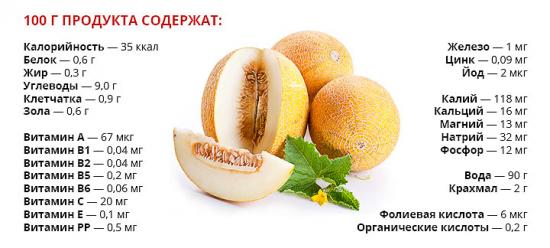
Among melon crops, melon is maximally enriched with ascorbic acid. Also contains vitamins groups B, C, PP, EE, folic acid..
There is more beta-carotene in fruits than in carrots. This component ensures smoothness of the skin and a pleasant shade. Fiber improves intestinal motility and removes toxins.
It is rich in micro- and macroelements: magnesium, phosphorus, calcium, inositol. It even contains gold.
The product contains substances that activate the production of serotonin, which improves mood. This is the best dessert with a calorie content of no more than 40 kcal per 100 g. However, nutritionists do not recommend overweight people to get carried away with the pulp.
The product is highly valued in the East. They believe that the fruit gives youth, provides freshness to the lips, gives strength and makes the eyes young. And it’s hard to disagree with this.
Therapeutic influence and application
This is not only a tasty delicacy, but also a medicinal remedy. Valuable components make it extremely useful. The fruit has a positive effect on the organs and systems of the human body.
Nervous system
Helps relieve nervous tension, improves sleep and relieves irritability. At the same time, it activates mental activity and improves memory. A few slices of juicy pulp will refresh you, lift your spirits and relieve fatigue.
Heart and blood vessels
Scientists say that people who regularly use the product are less susceptible to cardiovascular diseases. By enjoying the fruits, you simultaneously get the prevention of atherosclerosis.
Urinary organs
Recommended for constipation and other intestinal problems. It acts gently, normalizes digestion, prevents the development of urolithiasis, and improves kidney function.
Hematopoiesis
Due to the high content of iron and other elements, the product is used after operations and for anemia.
It has a pronounced diuretic effect and relieves swelling. Due to its high carbohydrate content, melon is consumed with caution by diabetics and those with liver disease.
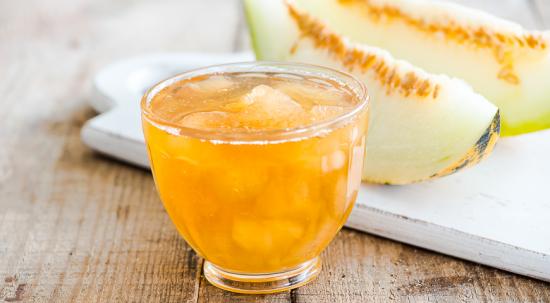
Used for weight loss. To do this, prepare juice from melon, tomatoes and apples. Eating the pulp in the morning on an empty stomach also speeds up metabolism and promotes weight loss.
The product is believed to help relieve allergic reactions. Take melon baths. To prepare, add a couple of glasses of juice to warm water or add chopped pulp.
For respiratory diseases, compresses are applied to the chest. You can apply the pulp or crusts to bruises and boils. This technique will speed up recovery.
They are cut into neat slices, eaten raw, and prepared as fruit salads, used to create desserts, squeeze out the juice. Almost every summer resident grows the plant in his garden. The product will not only be tasty, but also healthy.
Moderate consumption of melon is beneficial, cleanses and heals the body.
What exactly is a melon? From a scientific point of view, it is a sweet vegetable. However, in our open spaces we are used to calling it a fruit for its softness and sweetness.
Berries are rather small-sized fruits.Whatever the melon is called, do not deny yourself the pleasure of enjoying the juicy filling. Moreover, it is very useful.
You can learn more about the properties of melon by watching this interesting video:




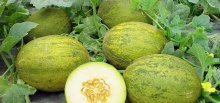

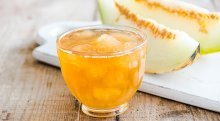

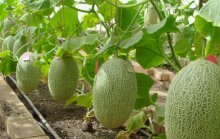
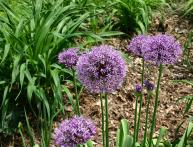
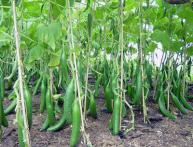
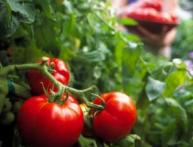
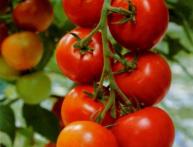
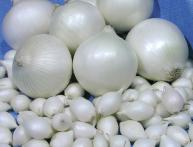
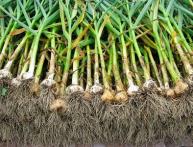
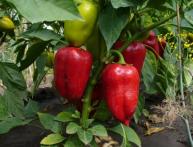
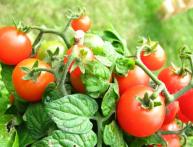
Comments
As a child, I was allergic to melon; one piece covered my face and hands. As I got older, I outgrew it and even tried to lose weight on a melon diet. My son also has allergies, as I understand it, it’s hereditary.
We tried to grow melon at our dacha in the Moscow region, and even bought a special variety for the Non-Black Earth Region. But nothing worked out. Most likely it does not have time to ripen. Although, if the summer is hot, then the melon will be able to grow without any doubt. And mature, which is the most important thing.
It turns out that melon, in addition to being very tasty, is also very healthy. I didn’t even realize that melon heals the nervous system, blood vessels and heart. Now I will also be treated by eating delicious berries and fruits.
I always try to have several bushes of this melon crop on my plot; it takes up little space and sometimes even trails along the fence. Climatic conditions do not always allow the fruits to ripen to a particular sweetness, but I am happy to eat a few pieces of not the sweetest aromatic melon for dessert.